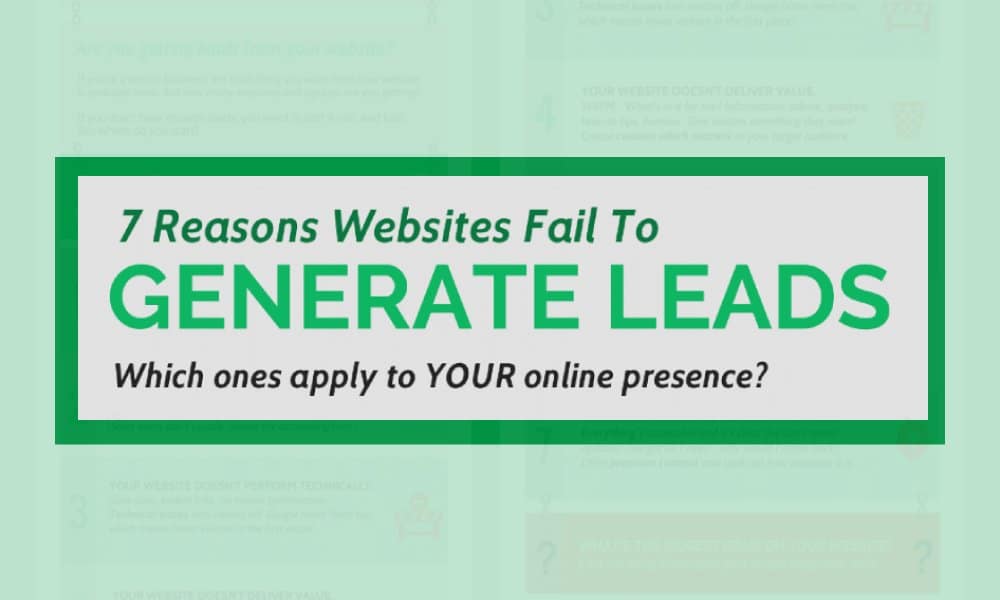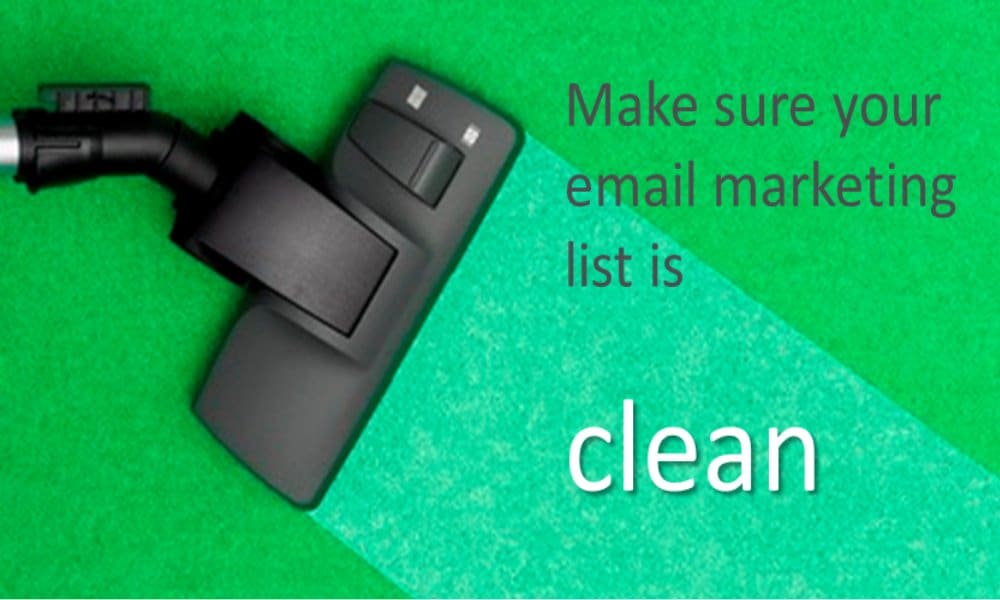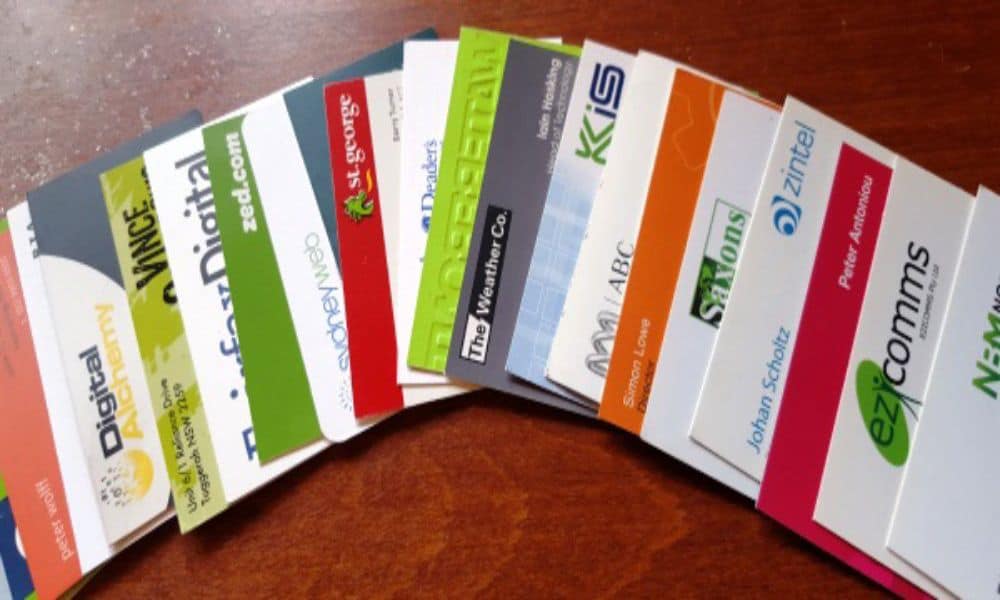Everyone with any interest in marketing has heard of segmentation. The theory is simple. Set up some lead segmentation which makes a difference to your business, then send different messages to different segments. This has two effects:
- It increases your response rate, so you should get more leads turning into clients.
- It decreases your unsubscribe rate. You’re sending more relevant information, so people are more likely to stick around.
But when it comes to implementing this, there are two key questions:
- What segments should I use?
- How do I collect the data I need to segment my leads and contacts?
There are plenty of online articles addressing the first question already, but not so much information about that second one. Time to fill that gap!
Collecting the data you need for effective lead segmentation
1. Collect information at sign up
A lot of ‘experts’ will tell you to keep the number of fields on your signup form to a minimum. It’s a good rule of thumb, but all rules are made to be broken. Sometimes – when it’s worth it.
Here’s an example. At NoBull Marketing, we’ve been promoting our ‘Voice-to-Blog’ content support services on Facebook – and we’re getting a lot of interest. But why are people interested? What’s the benefit for them?
- For someone who’s blogging themselves, time-saving is likely to be the big attraction.
- Someone who’s paying to have blogs written already is probably more interested in blog quality or cost.
- And those who aren’t blogging yet are often less committed to the whole concept in the first place. They might need more evidence of why blogging works as a strategy.
By including a question on our lead sign up form, we can do some basic lead segmentation right at the start. So we can send different follow-up emails, focusing on the benefits most relevant to each segment.
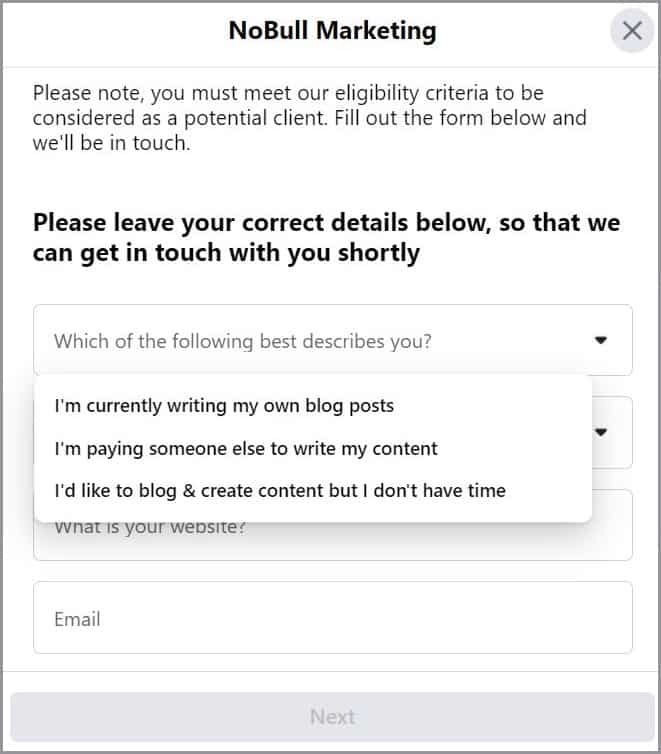
But remember, only do this if it collects information which really makes a difference to how you follow up. And only do it when you know your basic offer is performing.
For detailed segmentation, you’ll need to keep collecting information after sign up.
2. Collect information just after sign up
Let’s assume whatever you gave your leads in return for signing up was good value. Right after signup, when they get that value, they’re likely to feel a bit warmer about you. This is a great time to ask for more information.
You can do this via a ‘thank you’ page after sign up, or in the confirmation email you send.
It’s a good idea to make the message about them, not about you.
NOT: ‘You signed up! Yay! Tell me all about yourself.‘
MORE: ‘Hope you like <whatever you sent them>. I’d like to share more stuff that’s useful to you, so can you please tell me what you’re interested in.‘
Then offer a simple list of options. Not too long, not too complicated.
It’s often a good idea to ask for their main goal or their biggest challenge. Answers to these questions create meaningful lead segmentation. Each segment has different desires or faces different issues. So you can use different messaging in the followup.
For example, an IT service provider might ask leads whether they are most interested in using technology to:
- cut costs
- improve productivity
- enable remote working
- automate repeat tasks
3. Run surveys or quizzes
You can promote a survey or quiz to customers, leads or website visitors.
You can even use advertising and third party email lists to promote to people outside your current marketing reach. Now you’re combining quiz data gathering with lead acquisition.
Here’s one example – for more ideas, check out some live examples from TryInteract.

Important – there must always be a reason why your customer, lead or prospect wants to participate. You must be able to answer the prospect’s question, ‘What’s in it for me?’
That quiz above is light-hearted fun.
For a more serious survey, the payoff is often that ther answers form part of a research report – which you offer to share with them. If you’re in the business-to-business space, this can be very effective. Many business people are interested in knowing how they compare to others in their industry. Invite them to participate. Promise to share the results with them. Collect their name and email address so you can share. Ask for some key bits of information (location, budget, company size) so that you’ll be able to analyse the results meaningfully. And always ask about goals and challenges!
If you do a good enough research report, you might even get to update it every year, which means you can run the survey every year. Bonus opportunity to update data and/or ask additional questions.
For consumers, there’s less interest in seeing a report on how you compare. A fun quiz may do better. But you probably can’t do as much ‘hard facts’ lead segmentation. There’s no real reason for them to share age, household income and so on.
Using incentives for surveys
Whether you’re business to business or business to consumer, additional incentives can drive survey participation. This is extra important if you’re using paid advertising or a third party list to generate new leads.
You can either offer a small something to everyone – a discount voucher, or a bonus if they buy from you – or you can offer a chance to win.
The incentive can be generic – a chance to win $1,000 cash, Gold Class movie tickets – or it can be something which will appeal to your market specifically. So the yoga teacher’s food hamper prize will be fully organic, the business coach might fill it with brain foods, the luxury resort will have truffles, champagne and high end coffee…
One final word about incentive prizes – make sure you comply with local regulations. By offering a prize, you’re running a ‘trade promotion’. Regulations vary by state, and within each state may depend on the value of your prize pool. (Movie tickets are not much of an issue, cars and gold bullion are harder!) Check the laws not just for the state you operate in, but for every state you promote the competition in.
4. Consider Progressive Profiling
Progressive profliing is a way of collecting information about a lead or visitor over time. It depends on having the right software – big names like Marketo, Pardot and Hubspot have the capability, smaller ones may not.
Here’s how it works.
- Your website uses cookies to track visitors.
- The first time a visitor completes a form, the form asks for basic information like name and email.
- The second time that visitor completes a form (to download a second report or white paper), the software ‘knows’ you already have the name and email address. So it asks for different information. Company. Age. Location. Whatever’s important to you.
- The visitor never faces a long form with masses of fields to fill in. But over time you build a complete picture of them, so you’re more able to segment.
It sounds great, but remember, progressive profiling is only really effective if people are going to fill in lots of different forms. Which means you needs lots of different ways to entice them – lots of offers. It’s only worth it if you’re selling something quote complex and with a high ticket price – otherwise you can’t justify this investment in content.
5. The ‘we’re updating our records’ email
Have you ever received one of those emails requesting you to review and update your data? Every person who replies has helped the sender segment their database!
This one’s combined with a targeted incentive:
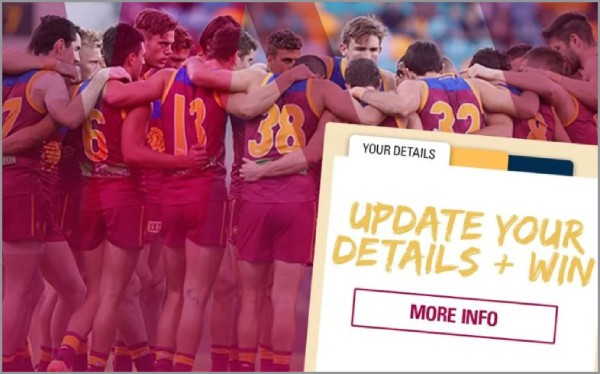
[Source: https://www.lions.com.au/news/283638/it-s-that-time-of-year-to-update-your-details-and-win-]
Clearly there are some limits to this activity.
- It works better for B2B than for consumer-facing businesses.
- It works better for lead segmentation based on ‘hard facts’ rather than psychographics, goals or challenges. Job title, industry, company size, location.
- You can’t do it very often. Once a year is the absolute maximum. Once every three years would be better.
- You may get unsubscribe requests – but these people probably weren’t going to buy from you anyway!
- Many people won’t answer. On the other hand, the ones who do respond are the ones most open to a conversation.
So that’s 5 ways you can collect more information for lead segmentation. Why not see if one of them can help you?
And a final, simple way?
ASK!
Whenever you’re talking to a prospect, ask the leading questions. And remember to add the information to your database, CRM or email platform so you can use it in future campaigns!


